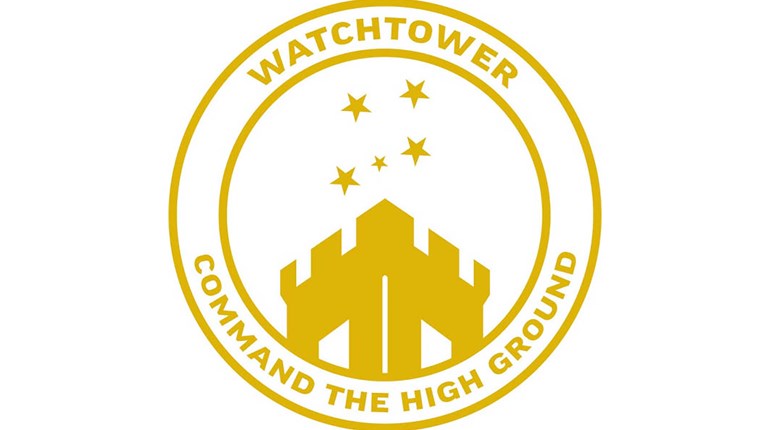
1. What is Reloading?
The term "reloader" or "reload" used to be popular because many shooters did it to save money. Reloading is much like recycling, only it's for your ammo, not your soda cans. Another common term for it is "handloading." Whatever you call it, it's for shooters who want not just to save money, but also to have fun...and always have ammo loaded with bullets of a certain type that may not be available in stores. For older cartridges like the .250 Savage, factory ammo is hard to find and reloading is one option that helps shooters have it on hand. For "wildcat" cartridges (cartridges for which there is no factory ammo), reloading is the only option.
If you're considering getting started in reloading, great news: The technical service departments for the powder, bullet and reloading equipment companies are the best you will ever deal with. In a matter of minutes you can have an expert on the phone to answer any questions you might have.
2. Why Reload?
As mentioned above, you can save money by loading your own ammo. Just how much you can save depends on how much shooting you do and how much equipment you buy. Consider this: A thousand rounds of .223 Rem. ammo costs about $800. The cost to reload 1,000 rounds would run about $500. Better still, $200.00 of that first $500 would be for a Lee reloading kit, dies and brass. The next 1,000 rounds would be even cheaper because you wouldn't have to buy the equipment all over again. You'll have the brass, so all you'll need to buy to load another 1,000 rounds would be bullets, primers and powder. They will only cost about $ 200.00. That's 2,000 rounds of ammo and a reloading kit for under $1,000.00-what a deal! It's not just high-volume shooters who can save money. Hunting ammo loaded with premium bullets can cost as much as $50 for a box of 20. If you reload you can cut that cost by 50 percent or more.
3. How Is It Done?
For metallic cartridges like the ones you shoot in a .38 Spl. or a .223 Rem., each cartridge has four basic components: the brass case, the primer, the powder and the bullet. The case holds the powder, primer and bullet. The primer ignites the powder and the gas generated from the burning powder forces the bullet out the barrel. When you reload brass cases that have already been fired, you size them back to their original size, insert a primer, pour in powder and seat a bullet. That's all there is to it.
4. What Do I Need to Get Started?
Companies like Lee, RCBS and Redding understand those new to the reloading might not know much to start with, so they have kits with all the equipment you need to get started. You'll also need a manual. Most manuals contain detailed instructions covering every step. The Speer manual is very good and comes with the RCBS kit. In addition to printed manuals, you can go online for reloading data and recipes to help you build safe and accurate ammo. Hodgdon has a large database at www.hodgdon.com. Another great idea for new reloaders is to get a copy of the RCBS handloading DVD. It explains the reloading process and provides excellent video illustration on how to reload and how all the tools work. You might also consider a ballistics program that will help you compute trajectory, wind drift, impact velocity and energy for about any load you can create. Sierra has one; so does Federal Premium.
There's some other stuff you should consider that typically doesn't come with entry-level kits. A tumbler allows you to polish dirty brass and a case trimmer lets you shorten brass that has lengthened due to firing. A caliper will allow you to make precise measurements of brass and loaded cartridges and as you become more familiar with the process you'll see the need for these and other tools.
Loading your own ammo is a good project for a parent and child to share. I started when I was about 16 years old with a kit similar to what's available today. My dad didn't handload, so all I had to go on was the manual that came with it, and tips I picked up from reloading columns in shooting magazines like the one I now write for Shooting Illustrated. These days, I can't imagine being a shooter without handloading.







































